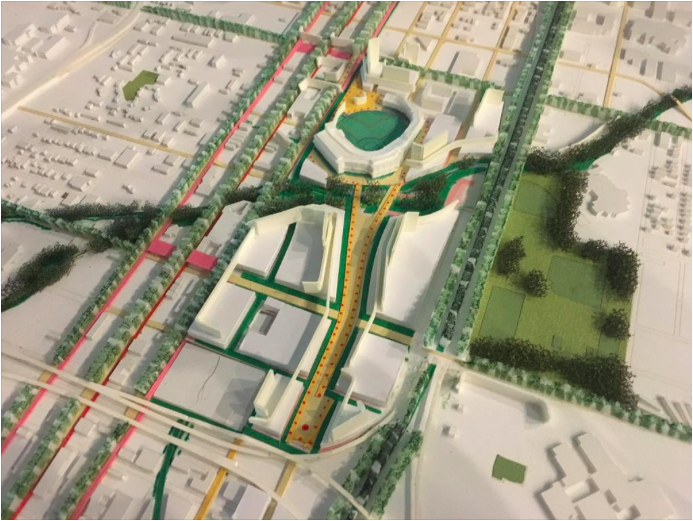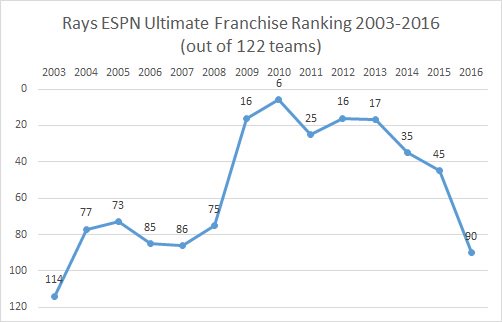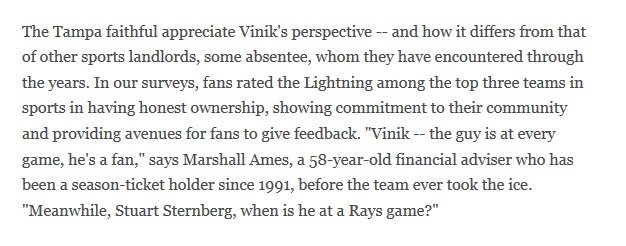
Highlights from the master plan follow:
— The design, shown above, would take between 10 to 30 years to complete, and could start taking shape within a year.
— A new facility would go in the northeast corner of the site along First Avenue South, where U-Haul currently resides. Note: the “hockey puck” stadium pictured above is a placeholder, and not meant to depict a finalized stadium design. Should the Rays choose the Tropicana Field site as their future home, they would be responsible for designing the final stadium concept.
— The architecture on the site would be tallest around the baseball stadium, slowly leveling out toward the surrounding neighborhoods.
— Around the stadium would be a series of much taller office buildings on one half, and shorter buildings on the other.
— The design also boasts a hotel and meeting space, a conference center, a tech and innovation district, and layered development with retail storefronts at ground level and housing above it — all ringing the stadium. Called the “Rays Way” retail entertainment area, the street would be car free on game days.
— Booker Creek would be restored, turning the area which cuts through the middle of the 86 acre site into a natural park setting. All told, 40 percent (34 plus acres) of the property would be dedicated to public space, including sidewalks and paved thoroughfares.
— Since connectability with the rest of the region is an integral part of the plan, a transportation hub in downtown has been included where the forthcoming water ferry and Bus Rapid Transit could connect. HKS recommended the conversion of First Avenue South into a two-way street to better facilitate transportation options.
Note: St. Petersburg is working with PSTA on a Bus Rapid Transit line connecting downtown and the beaches along First Avenues North and South.
The city will also launch a water ferry connecting downtown with Tampa in November. Pending the popularity of the water ferry, the six-month pilot program would continue permanently.
— Eliminated from the plan was the rather ambitious suggestion to remove I-175, which would have reintegrated Campbell Park and surrounding neighborhoods with the Trop site. Instead a zig-zag bridge connecting the two sides would replace the existing pedestrian overpass. Designers were given the option to either create another pedestrian crossing, or one that accommodates vehicular traffic.
The master plan is not without warranted criticism. As Charlie Frago (Tampa Bay Times) notes, the zig-zag bridge might not be enough to adequately connect the neighborhoods south of the Trop site with the rest of downtown, among other things.
Connecting Midtown with the Trop would heal a longstanding racial fault line, Morton said in August. That’s because a black neighborhood — the Gas Plant area — was demolished to make way for the domed stadium in the 1980s.
Another point of discord: So far, the plan to locate affordable housing appears to be concentrated along the Trop’s western boundary on 16th Street S.
That didn’t sit well with City Council member Lisa Wheeler-Bowman. In the updated plan, she still sees the parts of the Trop that border Midtown lacking in the same kinds of entertainment and retail amenities that exist closer to the Edge District and downtown. All that connects Campbell Park to the new Trop site would be a small, zig-zag-like bridge that would be built over I-175.
“That doesn’t make me feel welcome,” she said.
Wheeler-Bowman also asked why affordable housing options appeared to be clustered along 16th Street S. The city’s development administrator, Alan DeLisle, said no final decisions have been made on where to place affordable housing options.
In less than favorable news, the Tampa Bay Lightning has been ranked number one by ESPN per their 2016 ESPN Ultimate Standings. For the first time in its 14-year history, the Ultimate Standings honored a bay area franchise after ranking the Lightning number three in 2015. The standings take into consideration 25 criteria, including (but not limited to) ticket prices, recent success, ownership, coaching/managerial staff, and how professional organizations show appreciation to their fans. The Lightning ranked number one out of 122 franchises.
Lightning Executive Vice President of Communication Bill Wickett gushed about the ranking, saying,
When Jeff Vinik bought the team in 2010, his number one goal was to make this a world-class franchise (and) to serve our fans as well as we possibly could. We feel that the ESPN Ultimate Standings are validation of that.
The other two big franchises didn’t fare as well, as the Buccaneers placed 73rd and the Rays 90th. The Rays peaked at sixth in 2010.


